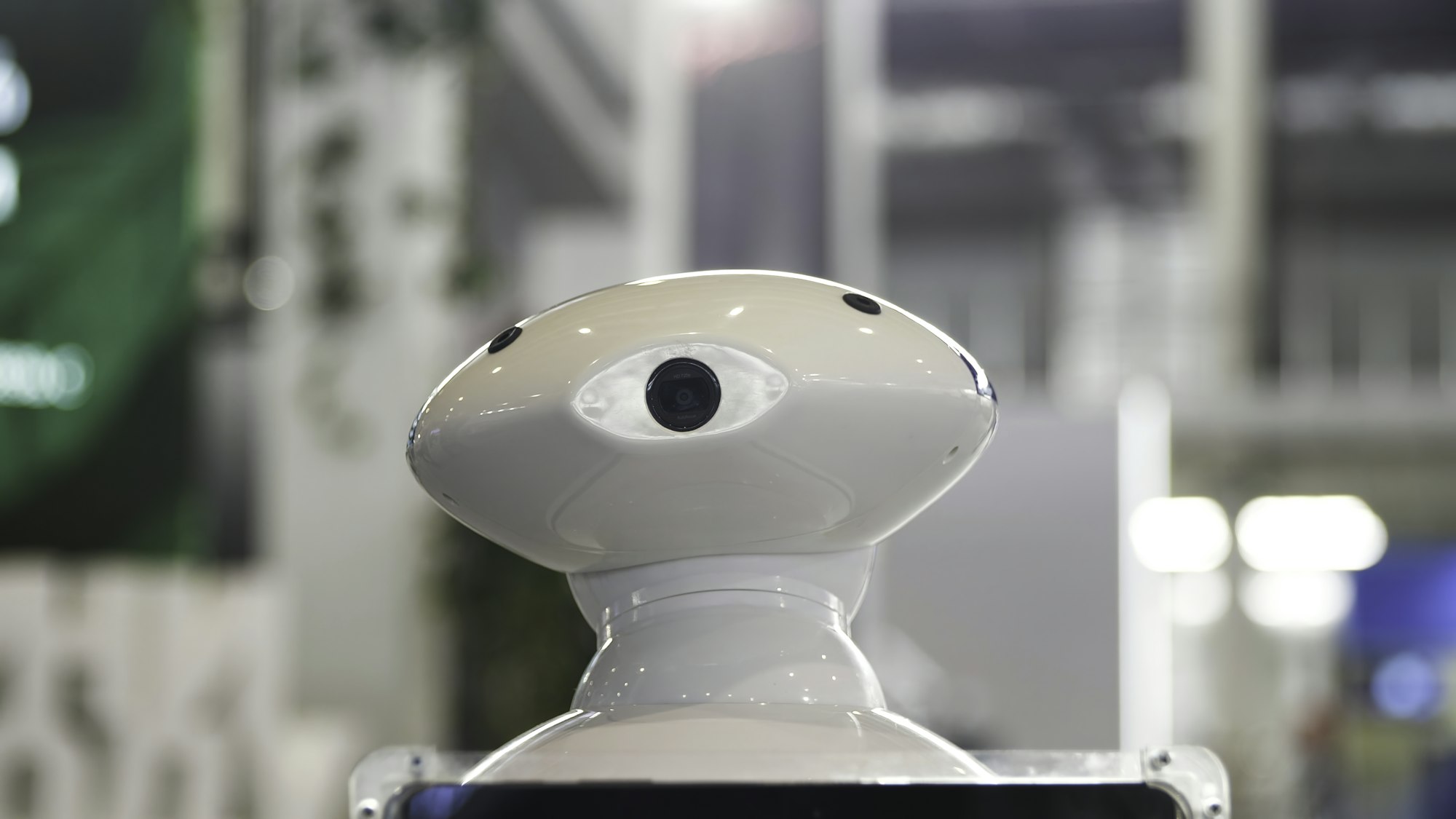China’s Leap from EVs to Advanced Humanoid Robots
China is well-known for its dominance in electric vehicle (EV) production, but it’s now making significant strides in another high-tech field: humanoid robotics. These robots, designed to mimic human actions, are set to take over roles in EV assembly lines, revolutionizing the manufacturing process. At the World Robot Conference in Beijing, nearly 30 Chinese companies unveiled their latest humanoid robots, aiming to transform both factory and warehouse environments.

China’s Strategic Move into Humanoid Robotics
China’s pivot to humanoid robotics uses strategies similar to those that propelled its EV industry. Government support, competitive pricing, and a strong supply chain are key elements of this initiative, aligning with President Xi Jinping’s vision to enhance China’s technological prowess. Significant investments, like the $1.4 billion robotics fund in Beijing, highlight the government’s commitment to advancing this sector.
Advantages of Local Production and Supply Chains
China’s humanoid robotics industry benefits from an integrated supply chain and exceptional mass production capabilities, similar to its EV industry. The robots showcased at the conference were assembled using high-quality components from trusted suppliers, a factor that could significantly reduce production costs and promote widespread adoption in industrial settings.
The Expanding Market for Humanoid Robots
According to Goldman Sachs, the humanoid robot market is expected to grow to $38 billion annually by 2035, with around 1.4 million units anticipated for consumer and industrial use. The current cost to build one of these robots is approximately $150,000, excluding research and development expenses. However, there is potential for substantial cost reductions as China continues to enhance its manufacturing efficiency and scale.
Shanghai Kepler Exploration Robotics: Leading the Charge
Shanghai Kepler Exploration Robotics, established just last year, is at the forefront of China’s rapid developments in robotics. Now developing its fifth iteration of a factory robot, the company aims to reduce costs below $30,000 per unit. This price point could lead to broad-based adoption across numerous sectors, making sophisticated robotics more accessible.
Tesla’s Influence and the Race for Robotics Excellence
Tesla’s entry into the Chinese market has stimulated a wave of innovation among local companies, described as the “catfish effect.” The introduction of Tesla’s Optimus robot, touted by Elon Musk as a game changer, has spurred Chinese firms to accelerate their robotics programs. Despite Tesla’s early advancements in AI, Chinese manufacturers are rapidly catching up by leveraging their extensive production capabilities.
Collaborative Efforts in Automotive Robotics
Firms like UBTECH Robotics are already piloting their humanoid robots with major car manufacturers, including Geely and Audi. UBTECH aims to scale production quickly, with a goal of deploying 1,000 robots in factory settings by next year. While over 90% of their robot components are domestically sourced, they still rely on Nvidia for crucial AI chips.
The Future of Humanoid Robots in Industrial Settings
While the current generation of industrial robots is predominantly large robotic arms from non-Chinese companies, the rise of humanoid robots could shift this dynamic. China already leads in the installation of conventional production robots, with numbers tripling those in North America. However, experts suggest it may take another two decades before humanoid robots are widely used in commercial applications.
China’s humanoid robot sector, bolstered by governmental support and manufacturing efficiencies, is poised to compete with global giants like Tesla, targeting a market expected to reach $38 billion by 2035.

FAQ: China’s New Tech Wave: Humanoid Robots Ready to Transform Industries
1. Why is China focusing on humanoid robots after its success in electric vehicles (EVs)?
China is leveraging its expertise and success in the electric vehicle (EV) industry to advance into humanoid robotics. The country’s well-established supply chain, mass production capabilities, and strong government support are key factors enabling this transition. Humanoid robots are seen as the next step in industrial automation, with the potential to revolutionize manufacturing processes, just as EVs have transformed the automotive industry.
2. What advantages does China have in the development and production of humanoid robots?
China’s main advantages include an integrated supply chain, extensive manufacturing capabilities, and significant government investment in robotics. These factors allow China to produce humanoid robots at a lower cost and on a larger scale compared to many other countries. The ability to quickly iterate and mass-produce these robots could make them more accessible for widespread use in factories and warehouses.
3. How is Tesla influencing the development of humanoid robots in China?
Tesla’s introduction of the Optimus robot has created a “catfish effect” in the Chinese market, pushing local companies to innovate and accelerate their development of humanoid robots. Tesla’s advancements in artificial intelligence and robotics have set a high benchmark, motivating Chinese firms to close the gap through rapid production and the leveraging of their manufacturing strengths. This competition is driving significant advancements in the industry, with Chinese companies aiming to offer more affordable and widely deployable robotic solutions.
Sources Reuters


